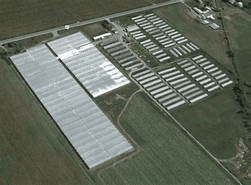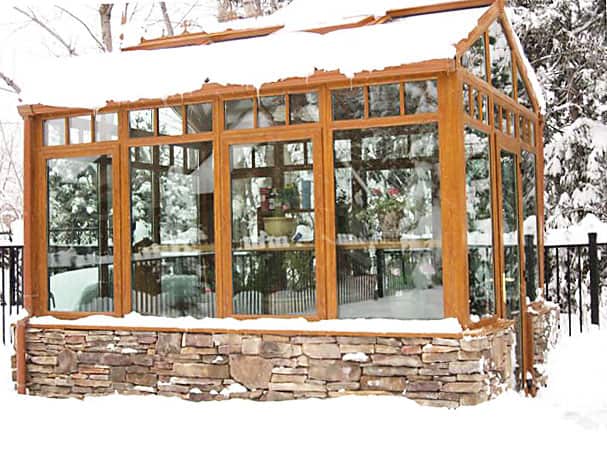Missourian
Diamond Member
- Aug 30, 2008
- 35,076
- 25,950
We've been considering putting in a horizontal loop ourselves.I don't know. I was talking to the builder who built the homes in my neighborhood and he gave me the impression that it would be prohibitively expensive. But there seems to be a local phenomenon of folks just not wanting to spend money. Everybody rolls their eyes about how warm I keep my home, but my gas bill is far lower here than it ever was in Washington. Maybe it's a Midwest thing. I could look into the actual cost farther and not rely on anybody else's perception of what "expensive" means.
Ground Loop Geothermal System Installation Videos & Diagrams
We provide quick to follow tips and tricks in the form of diagrams and videos that would help you with installation and performance of DIY geothermal kits.









